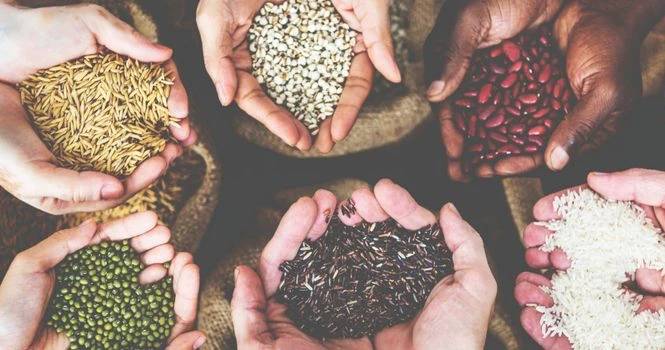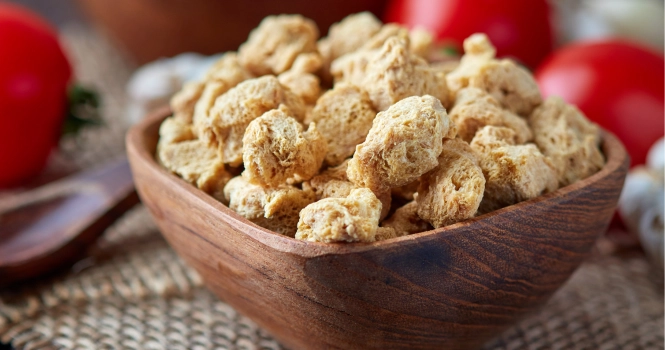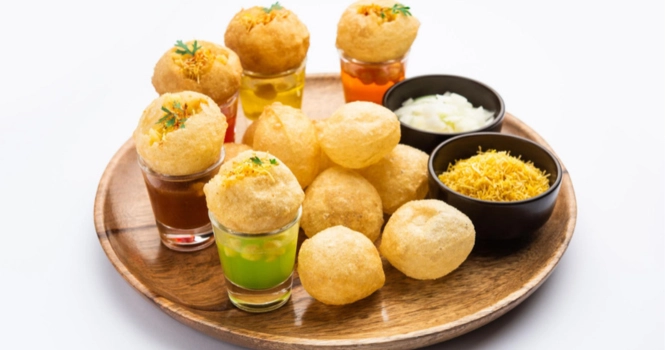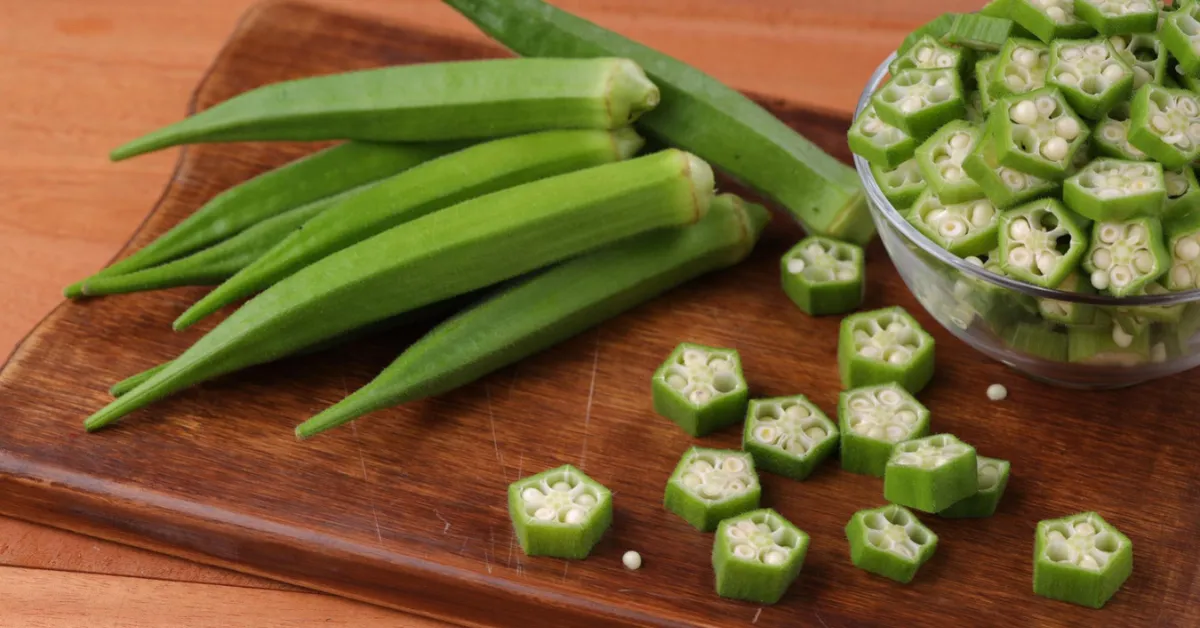Types of Rice Varieties Around the World

When we look at world cuisine, one ingredient consistently makes its appearance in various forms, textures and flavors, is Rice.
We will look in depth into Rice and its varieties and clear misconceptions, if any, as most people are avoiding it, in hope to lose weight. (Table containing Calories in different rice varieties at the end of the article)
Importance of Rice in Global Cultures
Rice, a staple food for more than half of the world’s population, plays an integral part in many cultural traditions and practices. In Asian countries, for example, rice symbolizes life and fertility, which is why it’s thrown at weddings.
In many cultures, rice dishes play a crucial role in festivals and celebrations. For instance, the sweet rice dessert known as kheer in India is a staple in almost every festive occasion.
The cultivation of rice has also shaped many societies. The need for community irrigation systems in rice cultivation fostered cooperation among members of society, which in turn influenced social structures in many rice-growing regions.
Its cultural significance is such that in several Asian languages, the words for ‘food’ and ‘rice’ are identical or closely related.
The Role of Rice in World Cuisine
This versatile grain adapts itself to an array of culinary uses, making it a cornerstone of countless dishes around the world.
In Italian cuisine, Arborio and Carnaroli rice varieties form the creamy base of the classic risotto, while Spain’s famous paella wouldn’t be possible without the short-grain Bomba rice.
On the other side of the world, Chinese cuisine boasts of an assortment of fried rice dishes, and Japanese sushi shines the spotlight on the unique stickiness of Japonica rice.
In the Americas, dishes like the Creole Jambalaya and Cajun Dirty Rice of Louisiana, Brazilian rice and beans (arroz e feijão), and the classic Mexican rice showcase the grain’s gastronomic versatility.
Meanwhile, in many parts of Africa, rice is an essential part of meals, starring in dishes like the Nigerian Jollof and Senegalese Thieboudienne.
From this global tour of rice-centric cuisine, it becomes clear that rice isn’t just a dietary staple—it’s a symbol of cultural identity, a medium of culinary expression, and a thread that binds the gastronomy of the world together.
Overview of Rice Varieties
Each Rice variety carries a unique essence, texture, and flavor profile, making it suitable for distinct culinary applications. Let’s explore the broad categories of rice varieties: long-grain, medium-grain, short-grain, and specialty rice.
Long-Grain Rice Varieties
Long-grain rice, characterized by its elongated and slender shape, separates into individual grains after cooking, leading to fluffy rice that doesn’t clump together. This makes it a preferred choice for side dishes, salads, and pilafs.
- Basmati: Hailing from India and Pakistan, Basmati rice is aromatic and has a nutty flavor. It pairs well with curries and forms the base of biryani and pilau.
- Jasmine: Also known as Thai Fragrant Rice, Jasmine rice has a sweet aroma and a slightly sticky texture after cooking. It’s a staple in Southeast Asian cuisines.
- American Long-Grain: This variety, grown predominantly in the southern United States, is less aromatic than its Asian counterparts. It’s widely used in a variety of dishes, including jambalaya, red beans and rice.
Medium-Grain Rice Varieties
Medium-grain rice, while shorter and wider than long-grain, is known for its creamy texture when cooked, making it perfect for dishes that require a bit of stickiness.
- Arborio: Named after the Italian town where it’s grown, Arborio is known for its high starch content which gives risotto its characteristic creaminess.
- Bombay: This Spanish variety is used in dishes like paella, where the grains absorb flavor from the other ingredients but maintain some firmness.
- Calrose: This variety is commonly grown in California and used in sushi and other Asian dishes.
Short-Grain Rice Varieties
Short-grain rice is almost round, and its grains stick together when cooked, creating a texture perfect for sushi, puddings, and certain dessert recipes.
- Japonica: This is the rice of choice for sushi, thanks to its sticky and slightly sweet profile.
- Italian Short-Grain: Varieties like Vialone Nano and Carnaroli are used for making creamy and al dente risotto.
- Valencia: This short-grain rice from Spain absorbs a lot of liquid and flavors, ideal for paella.
Speciality Rice Varieties
Specialty rice varieties often have unique colors, textures, or nutritional profiles that set them apart from common rice types.
- Wild Rice: Native to North America, wild rice is technically a type of grass. Its dark, chewy grains are high in protein and fiber.
- Black Rice: Also known as forbidden rice, black rice has a nutty flavor and high levels of anthocyanins, potent antioxidants.
- Red Rice: Varieties like Bhutanese red rice and Camargue red rice have a nutty, complex flavor and a high nutritional content.
- Wehani Rice: Developed in California, this aromatic, reddish-brown rice has a flavor reminiscent of basmati.
- Glutinous or Sticky Rice: Common in Southeast Asia, this rice becomes very sticky when cooked and is often used in desserts.
Each of these rice varieties offers something unique to the table, and understanding their characteristics can help enhance your culinary explorations.
The Global Geography of Rice Varieties
Rice, a staple in many global diets, has a rich geographic diversity that reflects the cultures and traditions of the regions where it’s grown. Each continent boasts its unique rice varieties, tailored to their climate, soil, and culinary needs.
Let’s traverse the globe to delve into these different varieties, focusing on Asian, African, American, and European rice.
Asian Rice Varieties
Asia, as the world’s largest producer and consumer of rice, boasts an impressive array of rice varieties.
Basmati Rice: Grown in the fertile soils of the Himalayas, primarily in India and Pakistan, Basmati rice is renowned for its delicate fragrance and long, slender grains. It’s a staple in dishes like biryani and pilaf.
Jasmine Rice: Named after the sweet-smelling jasmine flower, this rice hails from Thailand. It has a subtly floral aroma and a slightly sticky texture when cooked, making it an ideal accompaniment for Thai curries.
Japonica Rice: Japonica rice, typically grown in Japan, Korea, and some parts of China, features short, sticky grains. It’s the primary ingredient in sushi and a common side dish in many East Asian meals.
Sushi Rice: A subtype of Japonica, sushi rice is a short-grain variety known for its stickiness, deriving from its high content of amylopectin. This quality makes it perfect for sushi, as the grains stick together, keeping their shape.
African Rice Varieties
Africa, though more commonly associated with crops like maize and cassava, also has unique rice varieties.
Ofada Rice: This Nigerian variety is a type of African rice known for its robust flavor and unique aroma. It’s typically served with a spicy sauce in a dish also called Ofada.
Jollof Rice: While Jollof is a dish rather than a rice variety, it’s integral to West African cuisine. The dish usually uses long-grain parboiled or basmati rice cooked with tomatoes, onions, and spices, showcasing the adaptability of African cuisine to different rice varieties.
American Rice Varieties
The American continent contributes a diverse range of rice, reflecting its variety of climates and cultures.
Wild Rice: More accurately a species of grass, wild rice is native to North America. It has a chewy outer sheath with a tender inner grain and a slightly nutty taste.
Carolina Gold Rice: This long-grain rice, known for its sweet, clean flavor and beautiful golden hue, was a staple in colonial America and remains popular in Southern cooking.
Wehani Rice: A type of aromatic brown rice developed in California, Wehani has a chewy texture and a flavor reminiscent of basmati rice.
European Rice Varieties
Europe’s rice production centers around the Mediterranean, where the climate is suitable for growing this water-intensive crop.
Arborio Rice: Named after the town of Arborio in Italy’s Po Valley, this medium-grain rice is high in amylopectin, giving risotto its creamy texture.
Carnaroli Rice: Also from Italy, Carnaroli is often called the “king of rice.” It’s favored for risotto due to its ability to absorb flavors without becoming too soft.
Valencia Rice: This short-grain rice from Spain absorbs a lot of liquid and flavors, making it perfect for paella.
From Asia to Europe, Africa to America, rice is a unifying element in global cuisine, offering a myriad of flavors, textures, and possibilities for creative dishes.
Arabic Rice Varieties
Arabic rice varieties encompass several traditional dishes, each with unique preparation methods and flavors.
- Kabsa: A spiced rice dish often made with Basmati rice, meat (like chicken, lamb, or goat), tomatoes, and a blend of spices such as cinnamon, cloves, cardamom, black lime, and bay leaves. It’s popular in Saudi Arabia and other Gulf countries.
- Mandi: Originating from Yemen, Mandi is a fragrant rice dish cooked with meat (usually chicken or lamb) that is slow-cooked in a tandoor oven, giving it a smoky flavor. The rice is flavored with spices like saffron, cardamom, and cloves.
- Maqluba: Meaning “upside-down” in Arabic, Maqluba is a layered rice dish with vegetables (like eggplant, potatoes, and cauliflower), meat (chicken or lamb), and rice. After cooking, it’s flipped upside down for serving, revealing the layers.
- Mujadara: A simple yet flavorful dish made from rice and lentils, often garnished with caramelized onions. It’s a staple in Levantine cuisine and is popular as a vegetarian option.
- Machboos: Similar to Kabsa, Machboos is a spiced rice dish popular in Kuwait, Bahrain, and Qatar. It’s made with Basmati rice, meat (usually chicken, lamb, or fish), tomatoes, and a blend of spices including turmeric, saffron, and cinnamon.
- Sayadieh: A rice and fish dish common in Lebanese and Palestinian cuisine. The rice is cooked with caramelized onions and spices, and the dish is often garnished with pine nuts and served with a side of tahini sauce.
- Bukhari Rice: Named after the Bukhara region, this dish is made with Basmati rice, carrots, raisins, and a blend of spices. It’s often served with grilled meat or chicken.
These varieties highlight the diverse and rich flavors of Arabic rice dishes, each with its regional twists and traditional methods of preparation.
Health Benefits and Risks of Consuming Rice
Rice, being a fundamental staple for more than half the world’s population, is more than just a source of energy. It offers various health benefits while also posing certain risks and considerations for certain populations. Let’s examine the health implications of regular rice consumption.
Health Benefits of Rice
Rich Source of Energy:
Rice is high in carbohydrates, providing a quick source of energy.
Gluten-Free:
For people with celiac disease or gluten sensitivity, rice can be an excellent choice because it’s naturally gluten-free.
Dietary Fiber:
Whole grain varieties like brown rice and wild rice are high in fiber, which aids digestion and can help reduce the risk of heart disease and type 2 diabetes.
Nutrient Dense:
Rice, especially whole grain varieties, contains essential nutrients like B vitamins, iron, and zinc.
Antioxidant Properties: Colored rice varieties such as black or red rice are rich in antioxidants, which can help protect the body against oxidative stress.
Potential Risks and Considerations
Arsenic Content:
Rice tends to absorb more arsenic from the environment compared to other grains. Long-term exposure to high levels of arsenic is associated with higher rates of certain types of cancer. Rinsing rice before cooking and using more water can help reduce the arsenic content.
Refined Varieties and Blood Sugar Impact:
White rice has a high glycemic index, which means it can rapidly spike blood sugar levels. This could be a concern for individuals with diabetes or those at risk.
Calories and Portion Sizes:
While rice is a good source of energy, it’s also high in calories. Consuming large amounts can contribute to weight gain if it’s not balanced with physical activity.
Nutrient Loss in Processing:
Milling and polishing, processes often used to produce white rice, remove the germ and the bran. This results in the loss of fiber, vitamins, and minerals.
The key to incorporating rice into a healthy diet lies in portion control, variety, and preparation methods.
Opt for whole grain varieties when possible, be aware of portion sizes, and rinse rice before cooking to reduce arsenic content.
Glycemic Index, Load and Calories in Varieties of Rice
The following table summarizes various rice types per serving
(approximately 1 cup cooked or 158g).
| Rice Variety | Calories per serving (kcal) | Glycemic Index | Glycemic Load |
| Basmati Rice | 210 | 58-69 | 16-25 |
| Jasmine Rice | 205 | 68-109 | 16-35 |
| Japonica Rice | 225 | 48-69 | 14-20 |
| Sushi Rice | 240 | 55-75 | 19-25 |
| Ofada Rice | 170 | 50-65 | 14-18 |
| Jollof Rice | 358 (including ingredients) | 50-65 | 20-25 |
| Wild Rice | 166 | 57 | 16 |
| Carolina Gold Rice | 210 | 54-74 | 18-26 |
| Wehani Rice | 210 | 50-65 | 16-20 |
| Arborio Rice | 200 | 69-85 | 22-25 |
| Carnaroli Rice | 200 | 65-80 | 22-25 |
| Valencia Rice | 205 | 50-65 | 15-18 |
Note:
- Glycemic Index: Lower values (<55) are considered low GI, 56-69 is medium, and >70 is high.
- Glycemic Load: A GL >20 is considered high, 11-19 is medium, and <=10 is low.
Please note that these values can vary depending on the specific brand and method of preparation. The GI and GL values are often given in ranges, and they can also vary depending on the individual’s metabolic response.
Frequently Asked Questions
What is Parmal rice?
Parmal rice, also known as PR rice, is a long-grain variety predominantly grown in India, particularly in states like Haryana, Punjab, and Uttar Pradesh. It’s considered a non-aromatic variety of rice, unlike Basmati. Parmal rice is known for its slender grains, which remain separate and fluffy after cooking, making it suitable for a variety of dishes, including daily meals and large-scale preparations like biryanis and pulaos.
In the global context, Parmal rice is classified under the “long-grain” category, similar to other non-aromatic long-grain rice varieties like Jasmine rice from Thailand or Carolina rice from the United States. It’s a versatile and widely consumed rice, though it may not have the aromatic qualities or premium status of Basmati or Jasmine rice.
Parmal rice is often used in large-scale catering and is valued for its affordability and adaptability in various cuisines.












